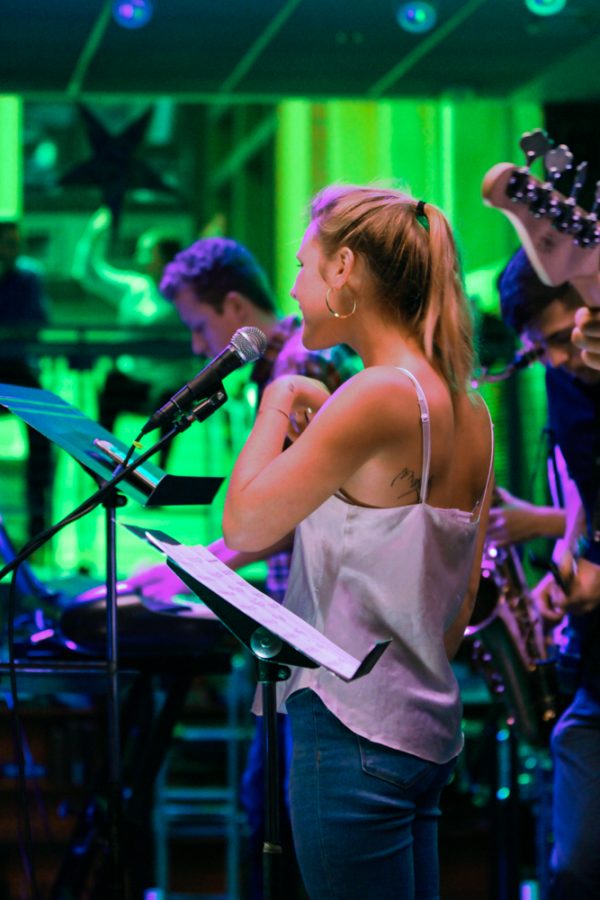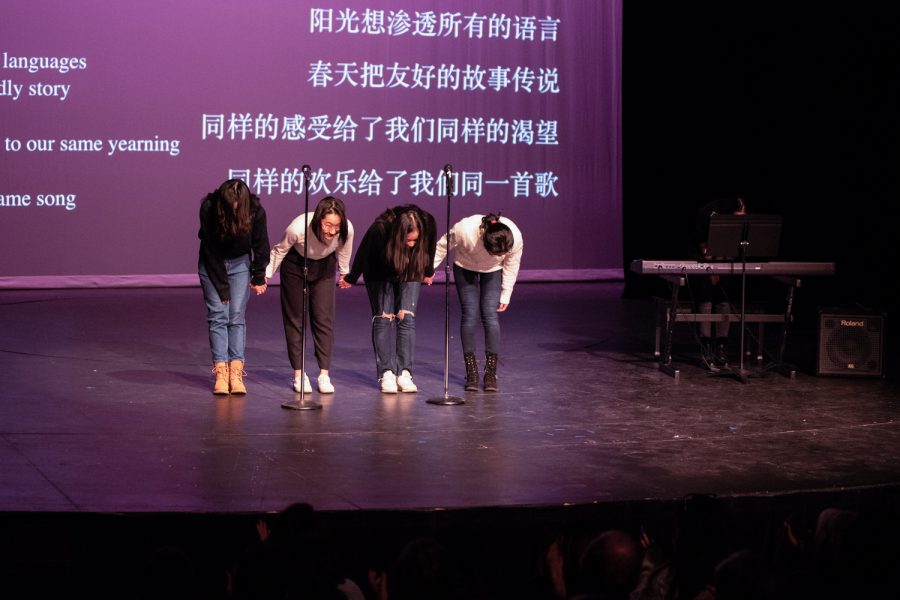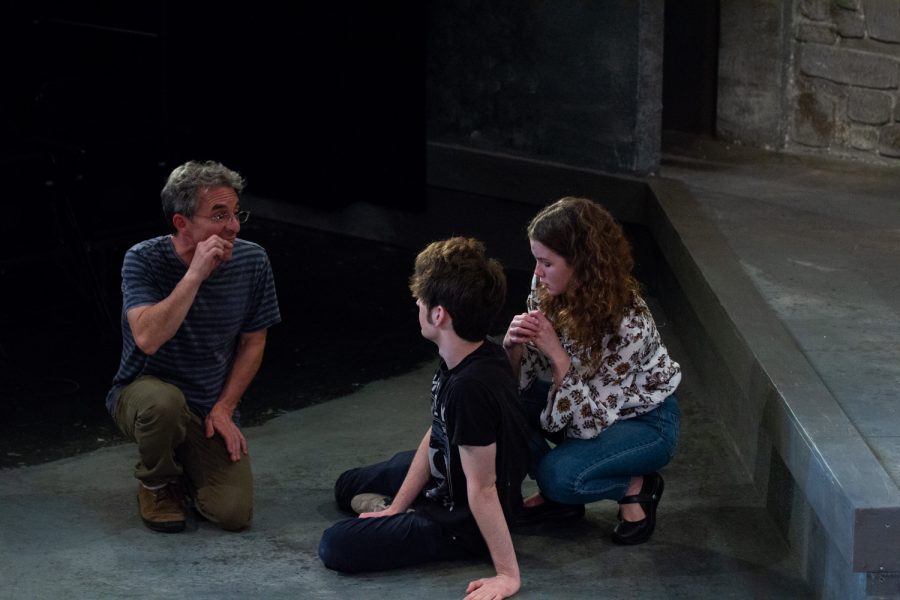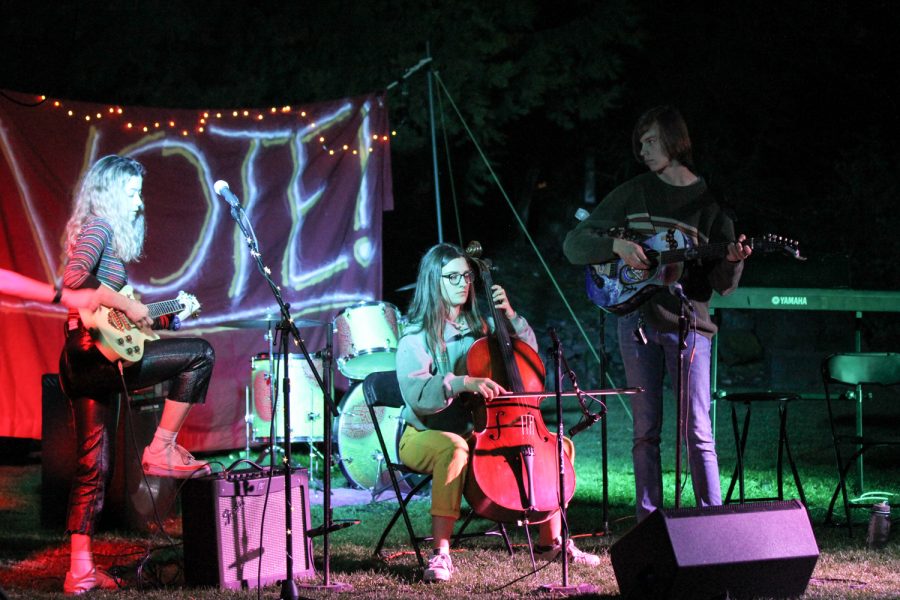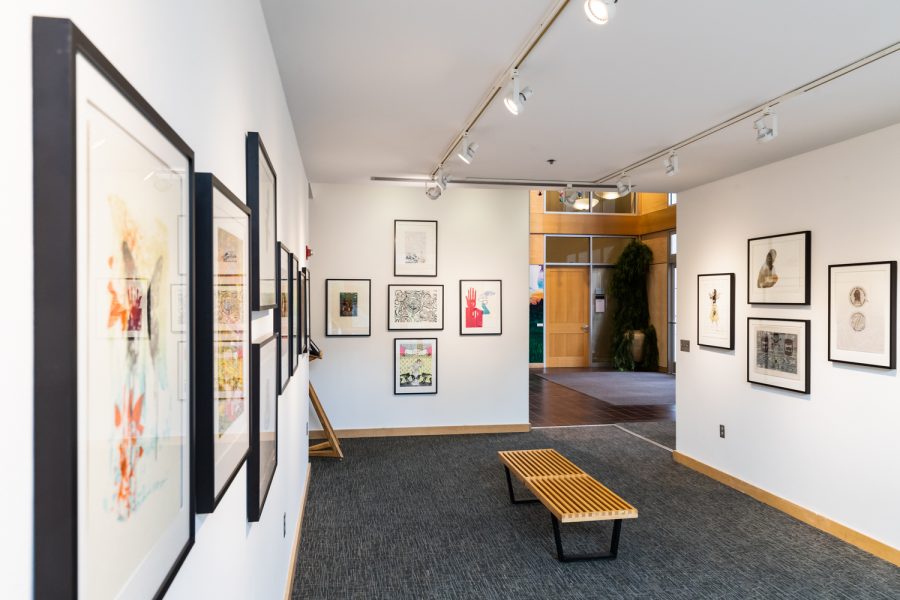On May 7, “HAIR: The American Tribal Love – Rock Musical” opens at Harper Joy. Directed by Johnston Visiting Assistant Professor of Theatre Jimmy Maize, the production will present HAIR under a new light. Visiting Costume Designer Genevieve V. Beller has worked with Maize to create costumes emblematic of young adults to tie the musical with the Whitman community.
“We didn’t want to see what the pop culture idea of hippie has become,” said Beller. “Like when the ’90s flower power tie-dye jeans and stuff were in, it sort of became very homogenized, and we wanted to see who the real people were behind this counterculture movement and hopefully help the kids on campus connect to that because it is very much about them. The same age group, the same sort of problems and joys.”
Beller has worked professionally as a costume designer and costume craftsperson. She has made costumes out of many different materials.
“My specialty, when I am not designing, is I’m a costume craftsperson, which is anything that is not sewing that is still a costume. So making masks, fat-suits, jewelry,” said Beller.
The past two summers, Beller has worked closely with Senior Lecturer of Theatre, Robin Smasne.
“I worked for two summers with Robin, the costume shop manager and costume shop teacher, at a place called Trollwood Performing Arts School in North Dakota,” said Beller.
Beller came to work on the production after being invited by Smasne. Beller was working on a project that Smasne was designing, and afterward, Smasne offered Beller the visiting costume designer position for “HAIR.”
To prepare the costume designs, Beller did a copious amount of research in New York, where she lives, before arriving at Whitman.
“I spent a lot of time in the New York Public Library. They have something called the Berg Counterculture archive which is just a huge collection of magazines and videtapes and books and pamphlets about anything and everything counterculture. So if the hippies were reading it, I was reading it too … and we [Maize and I] came up with an idea of … a DIY magpie aesthetic,” said Beller.
The script also helped to inspire the costume designs. The cultures explored in the musical manifest themselves in the costumes. She and Maize wanted to focus on the idea that the characters created their own clothes within the musical.
“There’s a lot of cultural references in the script that it’s very clear these kids have made their own patchwork identity by taking bits and pieces from cultures that they liked and that they responded to in creating their own tribe,” said Beller.
The appearances of the costumes vary drastically, but the patchwork of cultures remains consistent throughout.
“You’ll see a lot of patchwork, you’ll see a lot of DIY stuff, you’ll see some African Prints and Indian tie-dye with Americana Quilt thrown in that they’ve just patched together to make what their tribe looks like,” said Beller.
One of the most interesting aspects of the costume designs comes in the middle of the musical.
“There’s a sequence towards the middle that’s a paper sequence … Culminating in the trip sequence where the costumes are partially or completely made out of paper, sort of as a comment on what was happening in pop culture at the time but also what’s going on in Claude’s frame of reference, in his imagination,” said Beller.
Though the paper proved a somewhat difficult medium in which to make costumes, it was also very rewarding to Beller to make the paper costumes.
Tickets for “HAIR” are currently on sale, and shows run until May 23.
Correction: This article’s headline has been edited to accurately name the era in which the play is set – the sixties, not the seventies.






